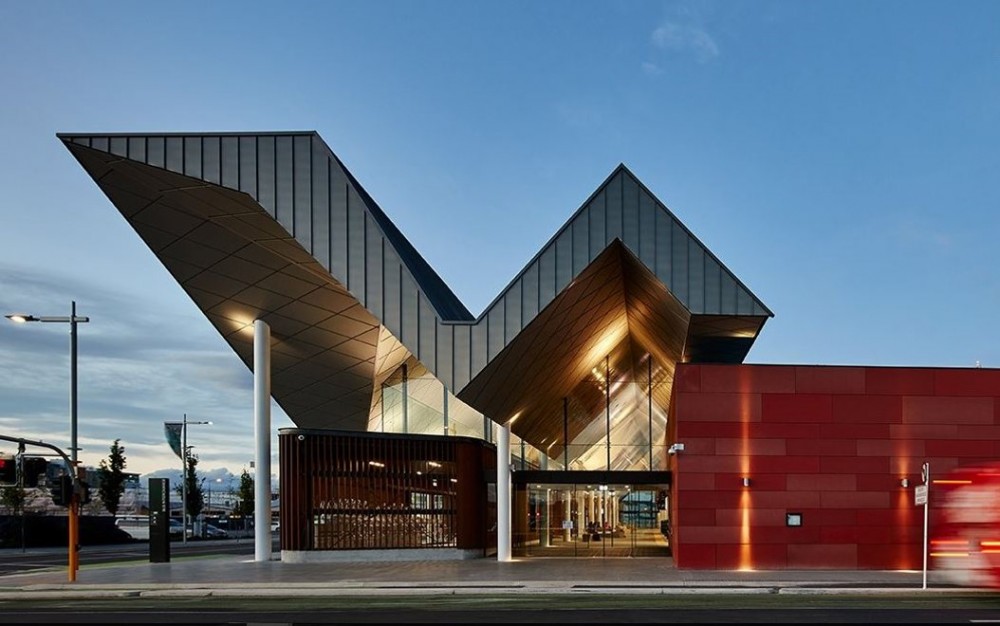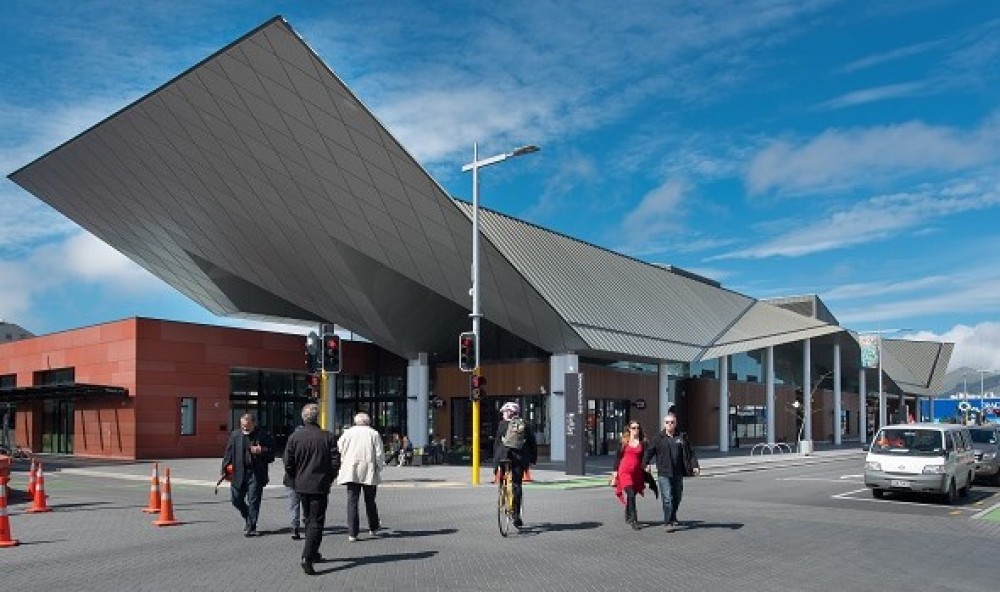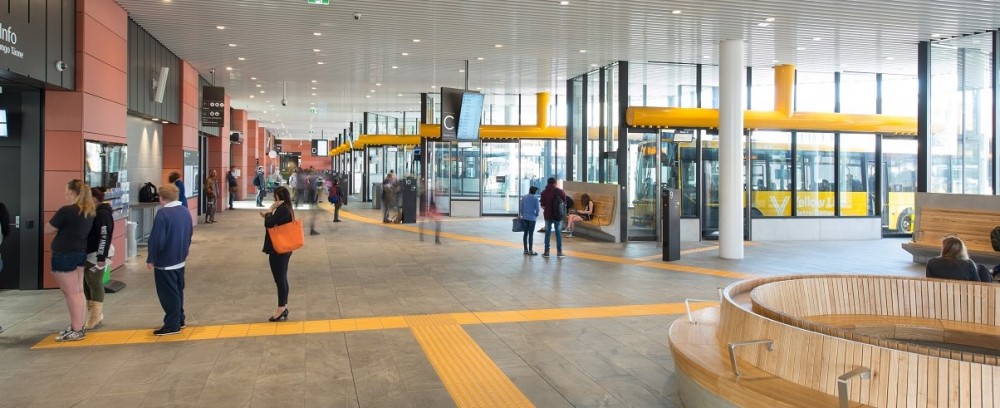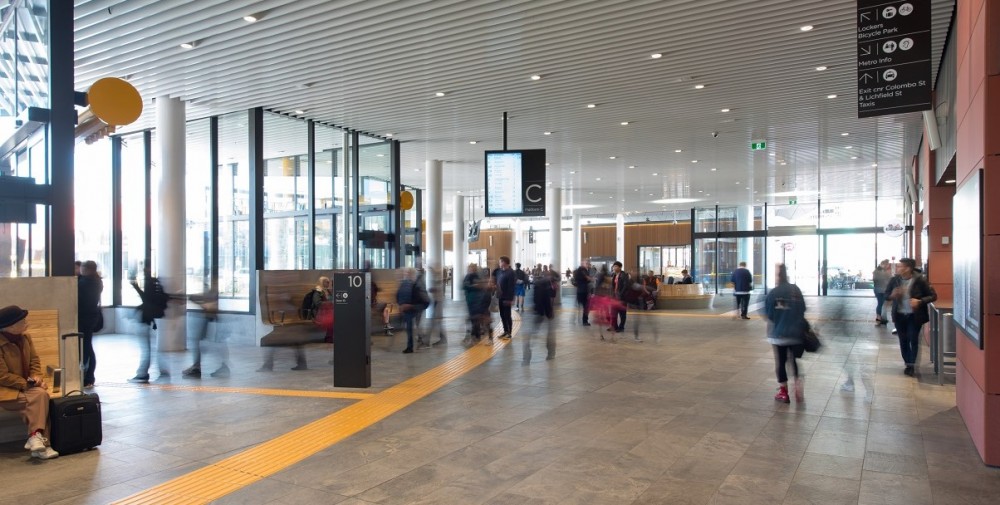Print this page
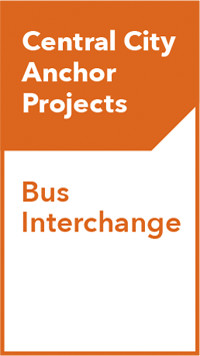
Bus Interchange
Pūtahi Whakaterāwhiti
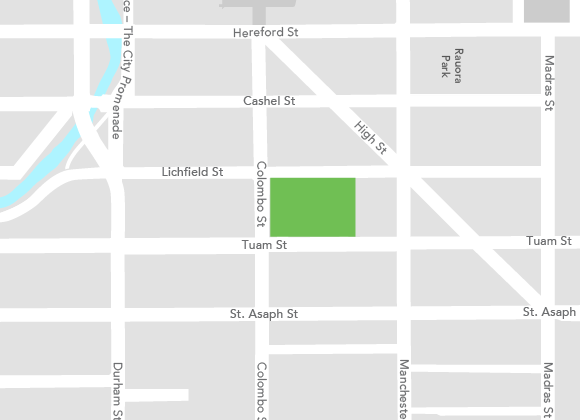
What
The new Bus Interchange, which connects with all Metro bus services, was designed with quality, comfort and safety in mind. High ceilings and artworks from Ngāi Tahu artists make the Bus Interchange a pleasant space to wait for a bus. Ownership of the Bus Interchange was transferred from the Crown to Christchurch City Council in October 2019. Environment Canterbury manages the day-to-day operation of the facility.
Why
The Central Christchurch Recovery Plan identified that an efficient, popular public transport system was essential to improved accessibility. The Bus Interchange development is integrated with the An Accessible City programme. It’s estimated that by 2041, 70,000 people will be using the conveniently located Bus Interchange every day.
How
The Canterbury Earthquake Recovery Authority (CERA) managed the design and construction of the Bus Interchange.
Buses began rolling through the Bus Interchange in May 2015 when the first phase, with eight operational bus bays, was completed. The facility was fully operational in August 2015 when the second phase was completed.
When
The Bus Interchange was initially used in May 2015 when the first phase, with eight operational bus bays, was completed. The facility was fully operational in August 2015 when the second phase was completed.
Funding
The Bus Interchange was funded by the Crown.
Ngāi Tahu Grand Narrative
This Grand Narrative (17M file) documents the Ngāi Tahu values, customs and traditions relevant to the Bus Interchange.
More Information
-
Quality, comfort and safety
Built using modern technology and materials, and with good use of natural light, the Bus Interchange has plenty of seating in the large airport-style passenger lounges, unisex and accessible toilets, public lockers and 100 secure bicycle parks. With a distinctive main entrance at the corner of Colombo and Lichfield Streets, the Bus Interchange building has a 5000m2 internal covered area.
All Metro services connect with the Bus Interchange. Screens throughout the lounge and public address instructions direct passengers to bus bays, and additional assistance is available from staff at the Metro information booth. For safety, automatic glass doors keep passengers completely separate from the bus circulation area. Security cameras, some of which are linked to the Police, are located throughout the Bus Interchange, and security staff patrol the facility.
-
Artworks in the Bus Interchange
The Bus Interchange incorporates integrated artwork by Ngāi Tahu artists. The artworks are based on the narrative provided by Matapopore Trust on behalf of Ngāi Tūāhuriri Rūnanga. The narrative is centred around Ngāi Tahu migrations from afar, from the North Island and within Kā Pākihi-whakatekateka-a-Waitaha (Canterbury Plains). A number of constellations used by sea-faring navigators adorn the passenger lounge ceilings and bird life on the indoor tree-shaped columns represent those gathered near Hine-Pāka, the great Fowling Tree.
The outdoor Colombo Street columns feature a war party of chiefs lead by Tu-rakau-tahi into Kā Pākihi-whakatekateka-a-Waitaha (Canterbury Plains). To the south is a column that depicts Te Muru looking out over the awa Ōpāwaho (Heathcote River). Through occupation and use he was acknowledged by whānau of Kaiapoi as the Kaitiaki of the awa (Guardian of the river). A large compass is etched into the stone outside the main entrance pointing to the significant places depicted in the Narrative. Karakia (prayer/blessings) asking for good health, strength, enlightenment and safe travels are located near each of the five entrances. Interpretation panels telling the story of each piece are located throughout the Interchange.
-
Improved Accessibility
Road network changes in the area, as part of the An Accessible City programme, have improved the flow of buses around the Bus Interchange.
Better footpaths, pedestrian and cycle links connect with the Bus Interchange entrances and ensure easy access for various transport modes. Bikes can be stored in 100 secure cycle parks within the Interchange, including powerpoints for recharging electric bikes. New cycle lanes and a Copenhagen-style cycleway have been constructed along Colombo St near the Interchange.

